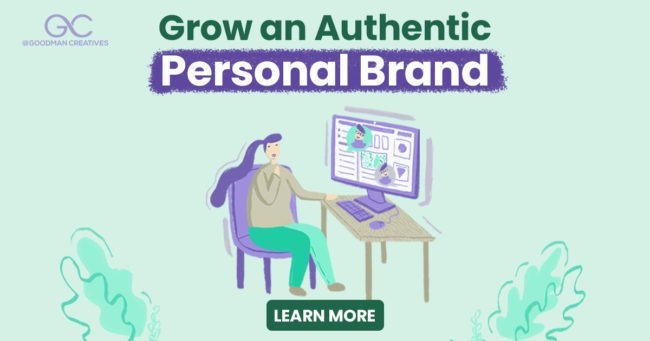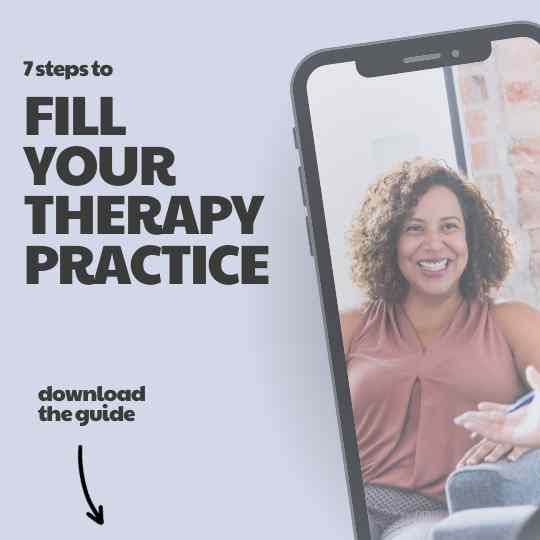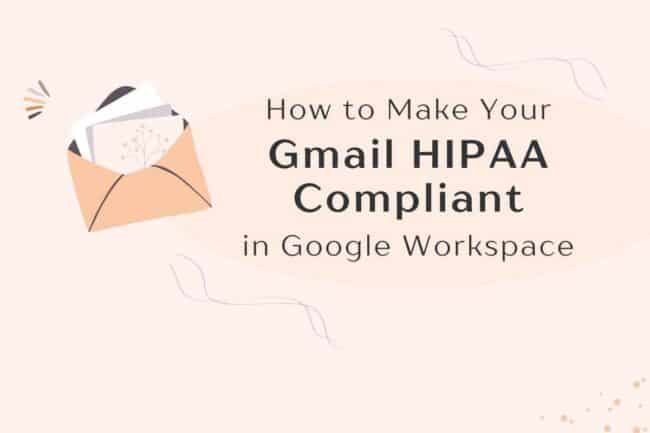How’s your e-commerce store so far? If you want to make more money, you need to understand how to market your store better to generate more sales. However, there’s no golden rule for doing that. No single marketing strategy can serve as a one-size-fits-all tactic. Boosting your e-commerce sales depends on how all your strategies are interconnected. Learn more by checking out this post with some of the latest Cortney Fletcher reviews.
8 Ways to Increase E-Commerce Sales
This article is helpful for all sellers, including those with their own websites and who troop to marketplaces like Amazon. Here are eight tried-and-tested strategies to boost your e-commerce sales.
1. Do different types of email campaigns
According to marketing experts, email marketing remains the most effective method of growing sales. It provides a direct and personal approach to interacting with your audience. Emails can be tailored to different tactics and stages of the buyer’s journey.
For example, you can greet new subscribers with a welcome email that introduces your business and give them a glimpse of your products. Ask first-time buyers for reviews by sending a feedback form. Increase returning customers’ loyalty with a thank you email that provides discount coupons or promo codes for their next purchase. In short, it’s a matter of knowing where they are in the buying process, then providing emails that are relevant to their level.
2. Use paid traffic
Do you think sponsored ads are expensive? Think again. While they may indeed cost you some, you can’t underestimate the value of investing small amounts – especially in your trial-and-error phase.
Test the waters by spending tiny amounts backed by good strategies. Your site traffic will grow if you optimize your e-commerce business for search engines, especially if you rank on the top page of the search results.
Note, however, that businesses don’t always get it correct the first time. So, if one campaign fails, you can always start over. Paid traffic, if done correctly, can push your sales higher and higher.
Pro tip: Sponsored ad platforms include Twitter, Facebook, Instagram, Google, and Amazon.
3. Segment your customer base
Email marketing is the gold standard, but the question is: Do you have an email list? This list allows you to reach out to selected people who are interested in your products. Ask your visitors what their interests and preferences are. What products have they purchased? How did they find out about your store? Segment them afterward based on their activities and then target your advertisements.
To do that, you can send more personalized, relevant emails to each segment that would push them to connect with your brand and stay subscribed.
4. Build brand awareness
Before building brand awareness, do you have a solid idea of what your branding is?
Branding is the process of shaping and promoting your brand in the eyes of consumers to give meaning to your products and services.
It will be tough to grow your sales if you sell unpopular items, thus comprehensive product research is essential for e-commerce success. If you need to find products to sell and profit from, you may want to check out a list of successful product ideas from Amazon, the world’s largest marketplace.
Once you have established a solid brand message, embrace it and position yourself as a market expert. Reorganize your website to match your branding. Get rid of a few of your underperforming goods. Emphasize your top-selling items. Create content about or linked to your brand to boost your exposure. Share customer reviews and testimonials – those from celebrities or influencers are worth flaunting. Actively participate in social media – follow back, comment, reply to messages, and show some likes and love.
Trivia: 70% of shoppers read internet reviews before making a purchase.
 5. Offer exclusive discounts
5. Offer exclusive discounts
Always recognize all clients, but more importantly, honor loyal ones. Although all buyers contribute to your success, returning customers deserve credit. They don’t only come back for more, but they also help spread the word about your business. They probably tell their friends about you, brag about you on social media, or even provide positive reviews that can attract potential buyers. A few of them may even act as your brand advocates for free.
That’s why your customers’ experience shouldn’t end when their purchases arrive at their doorsteps. Customer service and after-sales care are just as important. So, make sure to keep them valued and rewarded. How?
Once they receive their orders, ask if they have problems or concerns. If they don’t, you can even request a review. Thank them with a small freebie if they made bulk purchases. Create loyalty programs that allow them to earn points and redeem prizes. Send VIPs exclusive offers, discounts, or invitations to virtual events. Give them rewards or bonus points on their birthdays, which will surely make them feel touched.
6. Use email automation
Email marketing is an effective way to keep customers within reach. You may want to use an e-commerce platform that harvests email addresses automatically. You can even acquire more addresses by providing a subscription option on your site.
After that, set up automatic email marketing campaigns. Consider sending automatic newsletters via email to keep in touch with your customers regularly. Do that weekly or monthly or depending on your customers’ subscription preferences.
7. Make your checkout process simpler
In 2022, around 17% of customers abandoned their carts due to a complex checkout experience. Users are accustomed to acquiring what they want with only a few clicks. If this often happens in your e-commerce store, don’t worry. Simply make your checkout process a breeze. Okay, but how?
First, allow visitors to use a guest account when checking out. If there’s an inevitable need to sign up or log in, eliminate unnecessary requirements and lessen obligatory fields in registration forms. A good WooCommerce template can take care of this.
During the checkout process itself, provide all product information. Avoid hidden charges that your customers only learn about at the end of the process. Allow them to add or delete items to or from their carts. If you’re thinking of integrating an expiration time for shopping carts, know that that is a big no-no. Give your shoppers as much time as they need to decide.
Pro tip: The fewer the clicks, the better the chances that customers will recover their abandoned carts.
If your potential buyer hits the close button, employ exit-intent popups to make your visitor reconsider leaving. If the customer pushes through with the exit, don’t give up just yet. You can use emails to urge them to pick up where they left off. They can help you remind visitors about their abandoned carts or encourage them to revisit your shop by offering promos or showing related products.
8. Use video product demonstrations
In the e-commerce world, clients won’t be able to personally view, touch, or try your products. So, you need to give them as much visual information as possible. This helps promote your products, highlights their uses and applications, and matches customer expectations to reality.
Photos and videos are thus must-haves. To stand out from competitors, take it to the next level with video product demonstrations. The visuals from these demos can hugely influence how clients will evaluate your offerings.
But, producing video product demos can be taxing, so you might want to alternate demos with infographics, texts, and photos. Remember to always ensure high-quality formats no matter which road you take.
 Conclusion
Conclusion
Today, e-commerce marketing is critical to a business’s success. With the right tactics and sales skills, you’ll get more clients and boost your e-commerce sales in no time. Experiment with as many strategies as possible.
We hope this article helped you see which tactics will work best for your business. If you need assistance in marketing or branding, Goodman Creatives can do the job for you.



 Conclusion
Conclusion










